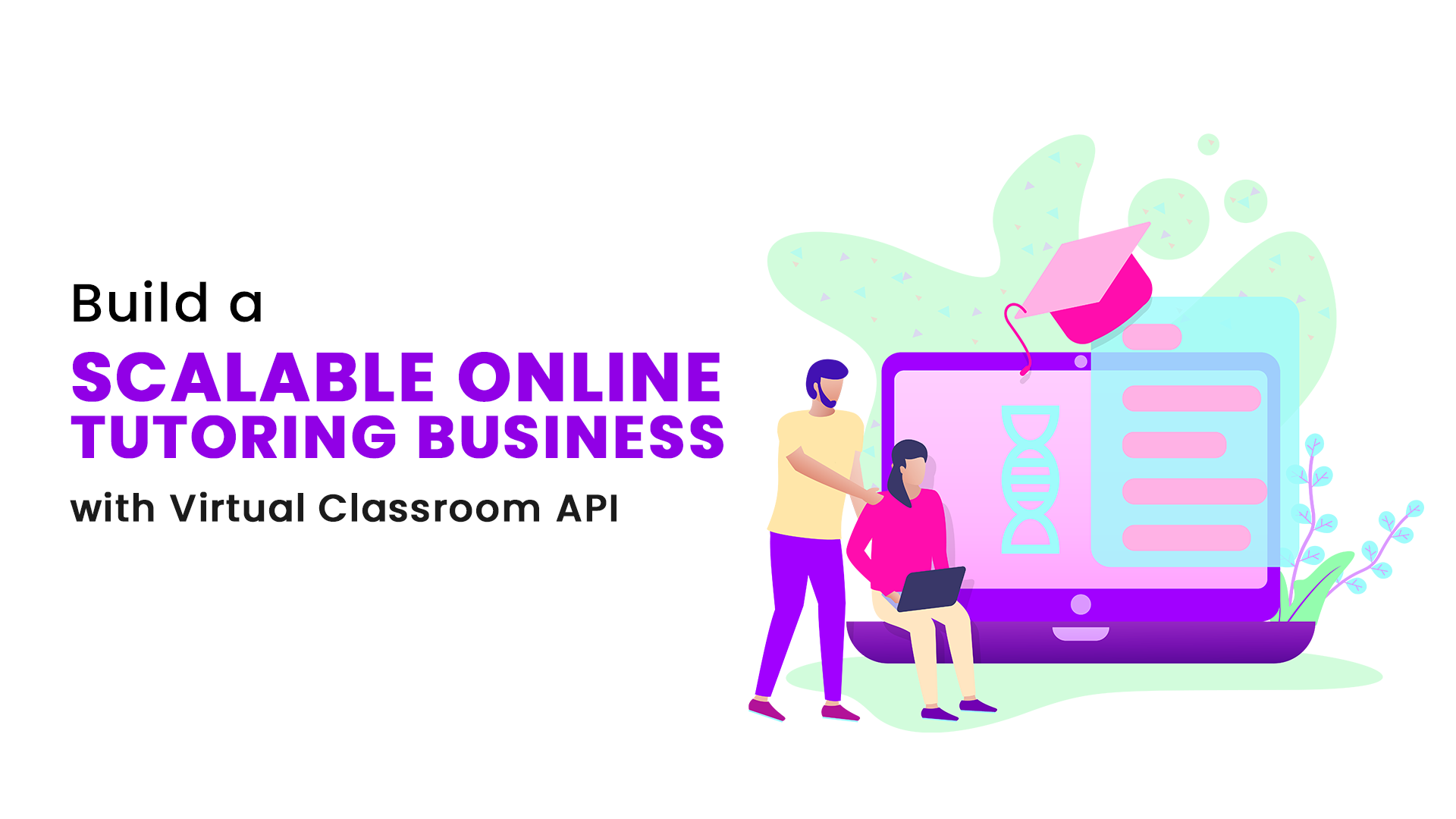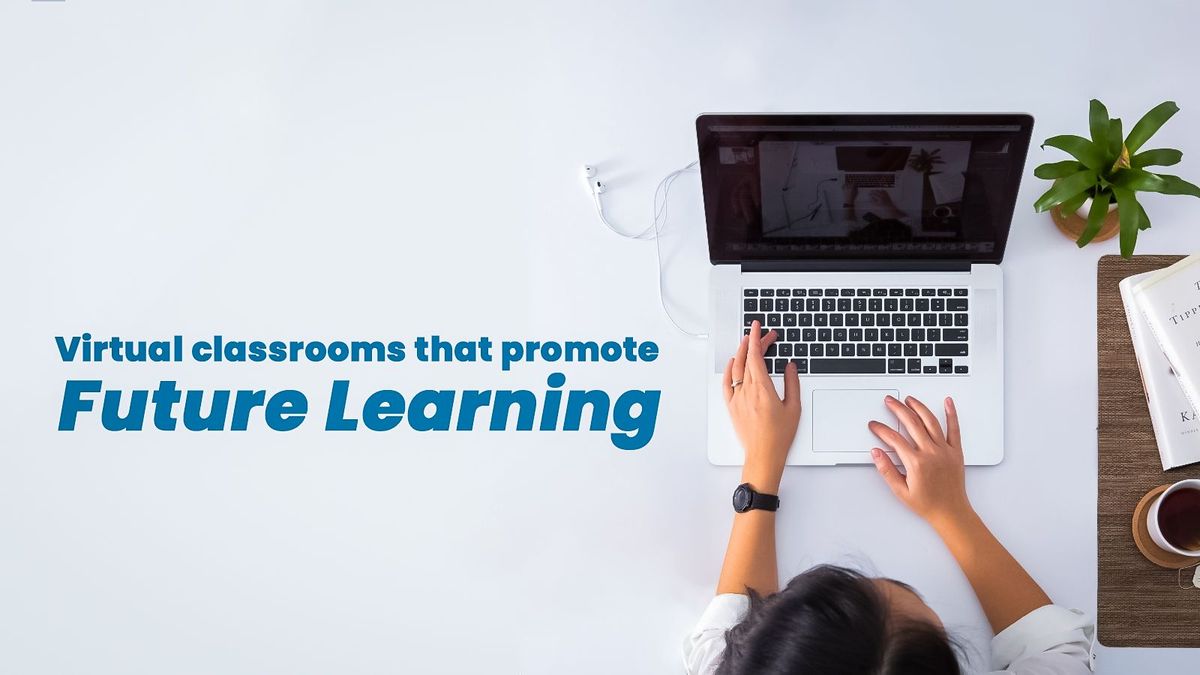“True patriotism springs from a belief in the dignity of the individual, freedom, and equality not only for Americans but for all people on Earth” - Eleanor Roosevelt
We are so happy in wishing happy 4th of July. We wish you a day filled with gratitude, privilege, and promise. In the midst of our collective journey toward development, let's take a closer look at the eLearning trends that will shape up to the year 2022. Now that half the way through the year has been accomplished, let's align the next half with progress. Are you ready to begin your eLearning journey with a trusted solution? Try us.
Learning strategies and frameworks for the new era
How can we tell the difference between traditional learning and e-learning?
- Students in a traditional education class are presented with learning materials by the teacher.
- In e-learning and class-based learning, the main difference lies in how education is transmitted. As a matter of fact, this is one of the most fundamental differences.
- By adapting and changing the learning environment, the teacher can fully control traditional learning.
- A teacher's ability, personality, quality, adaptability to the learning environment, and the creation of course material influence the teacher's performance in traditional learning
The Freedom to Connect and Learn
In e-learning environments, identifying the content area and individualizing is a new focus. In this way, learners will be able to participate in different e-learning environments. We are also experiencing rapid growth in the amount of content available today. In this regard, it is necessary to develop new e-learning materials for learners.
The development of technology will lead to more sophisticated, effective, and engaging Learning Management Systems. It is easy to engage learners with the mobile-first aspect and utilize better analytics to provide a better learning experience. Businesses are now implementing eLearning with the latest trends to gain an optimal ROI. Students are now engaged with learning using gamification, microlearning, videos, and presentations to enhance their learning experience. As eLearning evolves rapidly, organizations looking to upgrade their learning programs need to stay current with eLearning trends.
Overview of new e-learning trends
Taking each of these new e-learning trends one at a time, let's examine them in detail. In addition to the benefits to learners, let's look at the advantages that these e-learning environments offer.
Artificial intelligence:
- A growing number of problems have been solved or helped to be solved when artificial intelligence algorithms are used in the design of e-learning environments.
- There is a link between artificial intelligence and e-learning trends, as well as time-sharing, interactive interpreters, linked list data types, automatic storage management, and a range of other issues in mainstream computer science.
- It is important to note that object-oriented programming and graphical user interfaces, as well as integrated program development environments, are some of the key concepts of artificial intelligence.
- In the world of artificial intelligence (AI), learning and expanding knowledge are like two sides of the same coin: through education, learners learn and expand the knowledge of a society, and through artificial intelligence (AI), we are able to better understand the mechanisms behind thought and intelligent action.
- A wide range of educational institutions are using artificial intelligence-assisted e-learning scenarios today to provide better lessons and a better learning experience.
Virtual and empowered reality
- With technologies like virtual and empowered reality, students can communicate with classmates in real-time and be more visually aware of them.
- Despite their remote physical location, teachers can give them immediate feedback and make them feel like they are in the same spot as their peers.
- Using virtual reality and empowered reality you can view the whole rather than just pieces of an object, allowing you to examine it from a distance.
- As a result of virtual environments, students will be able to interact and cooperate. They can examine each other's views in detail and become familiar with each other.
- By providing engaging experiences, reducing attention distractions, and providing better feedback to students, these advantages increase student participation.
Cloud e-learning
- In recent years, the Internet has become increasingly popular for hosting and processing data.
- Taking advantage of cloud computing in a variety of areas, such as planning and correction, can help companies meet the increasing demand.
- Any device from any location can access cloud computing services at any time or anywhere.
- Cloud computing is a cloud-based technology used in the field of e-learning, a future e-learning infrastructure that combines hardware and software resources.
- Virtual computing resources can be used by educational institutions, students, and businesses to rent out computing resources.
Gamification
- Academically, gamification is developing. To achieve this, we need to investigate whether the existing gamification structures of the period differ significantly from the areas of research and how these structures may be compared to existing sites in the earlier phases.
- In other words, gaming is used in non-game contexts. It is a method of motivating participants in a particular context through gamification. To put it another way, it is the application of fun layers.
- Getting into the world of gamification can be a new concept. There are still some ideas about game mechanics and game-thinking that are not completely new. Problem-solving already relied on these concepts.
- In a nonplay context, gamification refers to the application of game design pedagogy. In addition to rewards and points, gamification also involves badges and certificates.
- Learning environments may be enhanced by adding game features to encourage less motivated students to learn and interact with others
Mobile learning (m-learning)
- Technology is being developed in a portable form today and is being used by people all over the world. In the present day, mobile devices were mainly used for social communication, with very few people using them for teaching purposes.
- The use of mobile technology for teaching is mainly social and economical, as students can select when and where their education takes place.
- Learning materials and information can be accessed at any time and anywhere through mobile learning. There is no waiting time or location requirement for students to learn.
- The use of mobile devices to deliver new and exciting educational experiences, such as smartphones, tablets, and laptop computers, is a great opportunity for learning mobile at their best.
- Developing mobile apps and software platforms for eLearning, as well as accessing educational resources through mobile devices, is the primary focus of mobile learning.
Internet of things
- Using information-sensing equipment, the Internet of things (IoT) connects everything to the Internet using prescribed protocols
- In the near future, Internet connections will extend to physical objects that are not computers in the classical sense, because of the Internet of Things (IoT).
- IoT (Internet of Things) aims to integrate everything, anywhere, anyone, anyway, any network, and any service into an ideal system. An understanding of users and devices, software architects, and a distributed communication system are the three main reasons behind the Internet of Things (IoT).
- It is possible to achieve intelligent connections and context-sensitive calculations based on these three main reasons.
Conclusion
Take advantage of our BrainCert’s free 14-day trial and break free from creating and selling courses from your own branded website. As a family, this Fourth of July, we would like to take the opportunity to give thanks for all the freedom we have today, the freedom to access technology, the ability to continually communicate through these numerous channels, and the opportunity to utilize them for learning and growth.
Happy Fourth of July!










